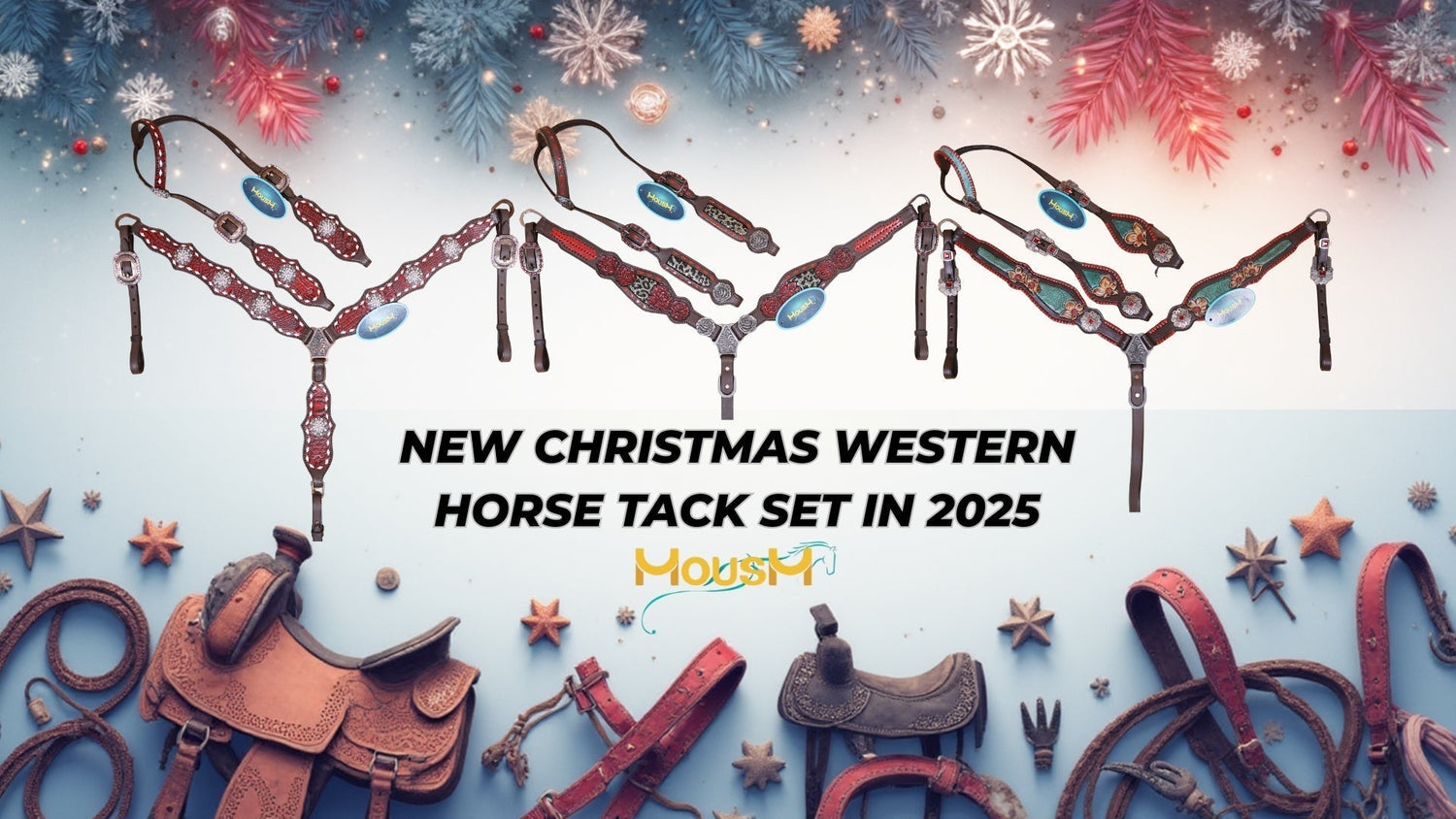The role of saddle pads in horse riding is mainly shock absorption, and very breathable and moisture-wicking. It acts as the cushioning layer between the horse's back and the saddle. It helps to absorb the pressure evenly across the horse's back. The Saddle Pad is very useful while horse riding, as this may look very beautiful as well as give a natural feel. If you are a Western rider or barrel racer, it will definitely be worth buying.

Why Shock Absorption Matters in Riding
Every time a rider mounts up, the horse’s back takes on weight and movement impact. Over time, this repetitive stress can cause soreness, fatigue, and even long-term injury if not managed properly. Shock-absorbing saddle pads are designed to minimize this impact by distributing pressure evenly and reducing concussion to the horse’s muscles and spine.

How Saddle Pads Help with Shock Absorption
Saddle pads are more than just soft layers between your horse and the saddle. They play an important role in keeping your horse comfortable and healthy, especially when it comes to absorbing shock during riding. Here’s how saddle pads, especially high-performance ones like wool-blend felt pads, help protect your horse:
1. Cushioning Impact
Every time your horse walks, trots, or jumps, there’s a jolt that travels through its body. A good saddle pad works like a shock absorber. It softens the blow and reduces the impact, making the ride smoother for both the horse and the rider. This is especially helpful during long rides or high-impact activities.
2. Distributing Pressure Evenly
When you sit on the saddle, your weight should not press down on just one spot. A high-quality saddle pad helps spread the pressure evenly across your horse’s back. This means there are no painful pressure points, and your horse feels more balanced and free to move.
3. Reducing Friction and Chafing
A properly fitted saddle pad stays in place and prevents the saddle from rubbing against your horse’s skin. This helps avoid chafing, hair loss, or skin irritation. Less rubbing also means less wear and tear on your horse’s back, especially with regular riding.
4. Supporting the Withers and Spine
Some saddle pads come with special shapes or cut-outs to give extra space and support to the withers (the highest part of the horse’s back) and the spine. These areas are very sensitive, and too much pressure here can cause discomfort or even injury. Pads with wither relief or spine channels protect these spots, keeping your horse comfortable and pain-free.

Choosing the Right Material
Not all saddle pads are made the same. The material used in a pad plays a big role in how well it absorbs shock and keeps your horse comfortable. Here’s a closer look at some common materials and how they perform:
1. Wool-Blend Felt
This is a favorite among serious riders and for good reason. Wool-blend felt pads offer excellent shock absorption, which means they protect your horse’s back from the constant pounding of movement. They’re also great at wicking away moisture and help regulate temperature, keeping your horse cooler and drier. These pads are ideal for long rides, training sessions, and performance horses.
To Read Full Article: Why Wool Blend Felt Pads Are a Top Choice for Western Riders
2. Memory Foam
Memory foam pads mold to the shape of your horse’s back. This gives a custom fit and helps reduce pressure points by evenly distributing weight. It’s perfect for horses with sensitive backs or uneven muscle development. However, they can sometimes trap heat, so they may not be ideal for very hot climates.
3. Neoprene
Neoprene is known for being durable, easy to clean, and offering a good non-slip grip. It provides moderate shock absorption and stays in place well during intense riding. Great for high-energy disciplines like barrel racing, but it may not breathe as well as wool or foam.
4. Gel Inserts
Some saddle pads come with built-in or optional gel inserts. These provide extra cushioning in specific zones, like under the seat bones or along the spine. They’re especially helpful for horses recovering from soreness or for riders needing extra comfort during long rides.

Signs Your Saddle Pad Isn’t Doing Its Job
Even the best saddle pad can wear out or stop performing well over time. Here are some warning signs that it might be time for a replacement:
-
Back Soreness or Stiffness: If your horse seems uncomfortable, pins its ears when saddling, or shows pain after rides, the pad may not be absorbing shock properly.
-
Uneven Compression: If your pad looks lumpy, thin in certain areas, or has hard spots, it’s likely worn out and needs replacing.
-
Saddle Slippage or Chafing: If your saddle shifts around or you notice bald spots or skin irritation on your horse, your pad isn’t staying in place or protecting against friction.
-
Bouncy or Uneven Ride: If you feel more bounce than usual or your horse seems resistant, the pad may no longer be cushioning effectively.

Tips for Maximizing Shock Absorption
To get the most out of your saddle pad—and protect your horse’s back—follow these tips:
1. Choose a Quality Pad
Don’t go for the cheapest option. High-quality pads may cost more upfront but last longer and provide better support and shock absorption.
2. Match Pad to Your Discipline
Not all riding styles need the same pad. A trail rider might want a thick, breathable pad for long hours, while a barrel racer might need something more compact and grippy.
3. Check for Wear and Tear
Inspect your saddle pad regularly. Look for compressed spots, torn stitching, or hard areas where cushioning is lost. Replace it as needed.
4. Avoid Over-Layering
Many riders think adding more pads equals more comfort. In reality, stacking pads can lead to poor saddle fit, reduced shock absorption, and more pressure on the horse’s back.
5. Keep It Clean
Sweat, hair, and dirt build up over time and can make the pad less effective. Clean your pad often according to the manufacturer’s instructions. This helps it stay soft, breathable, and better at doing its job.






